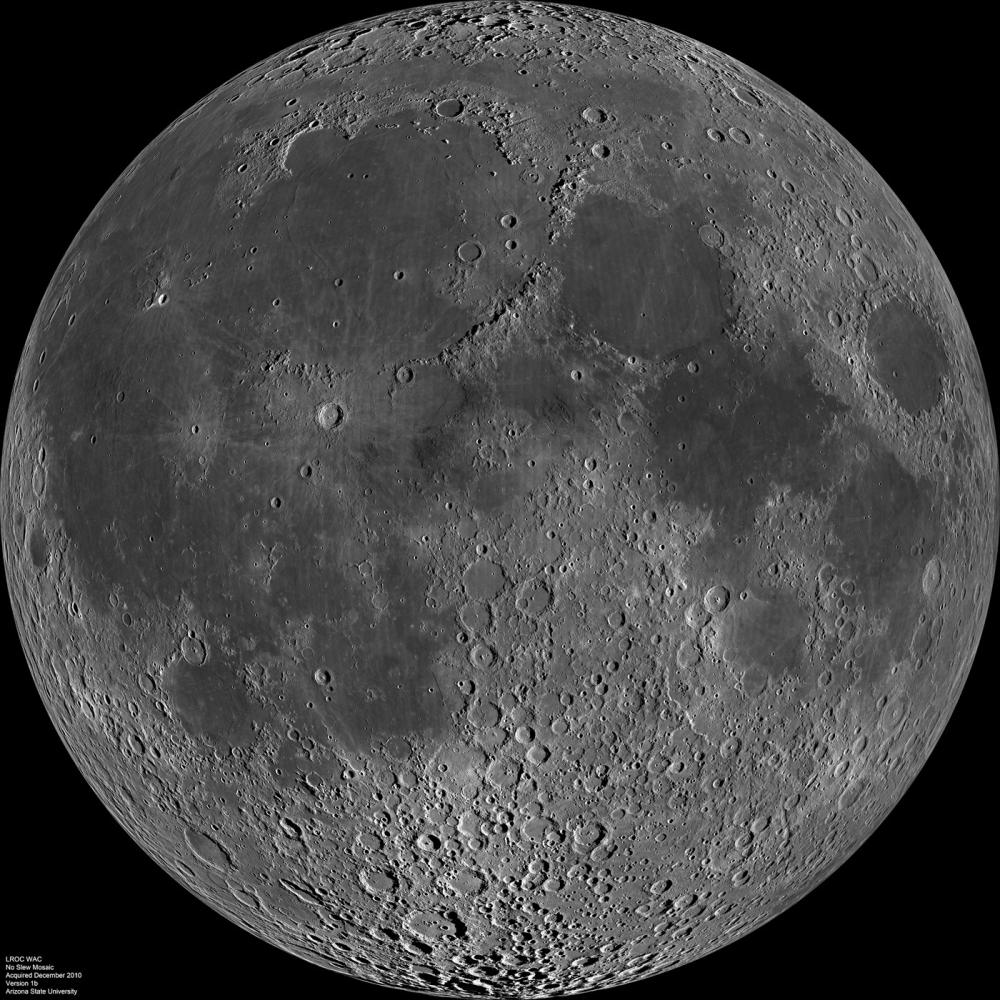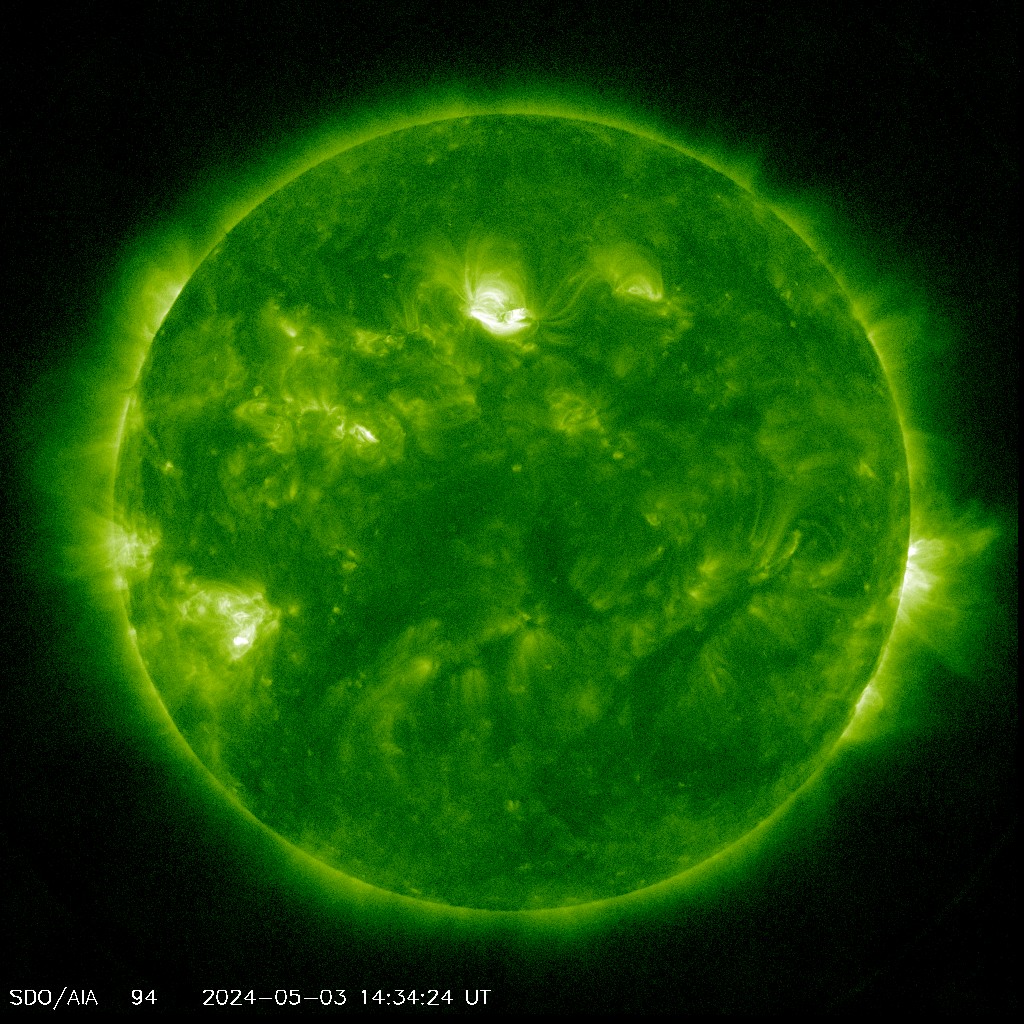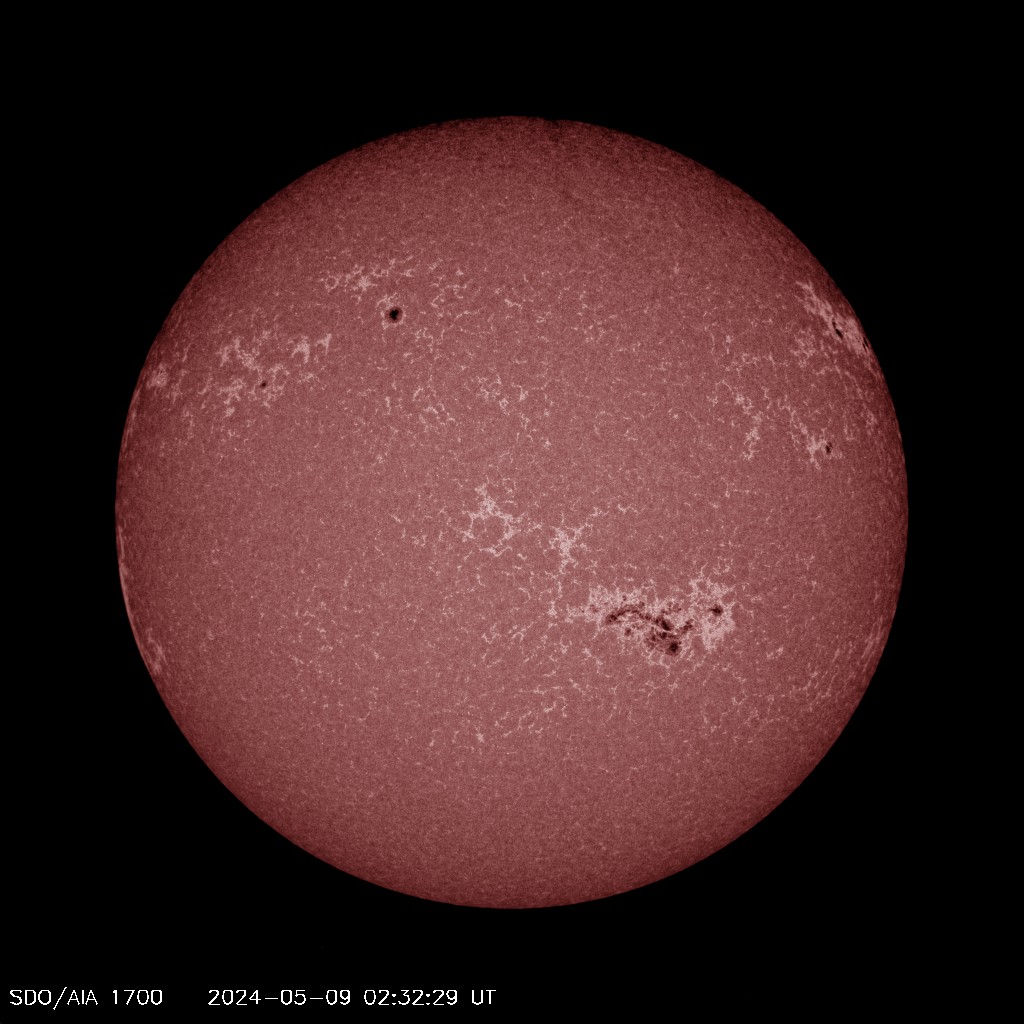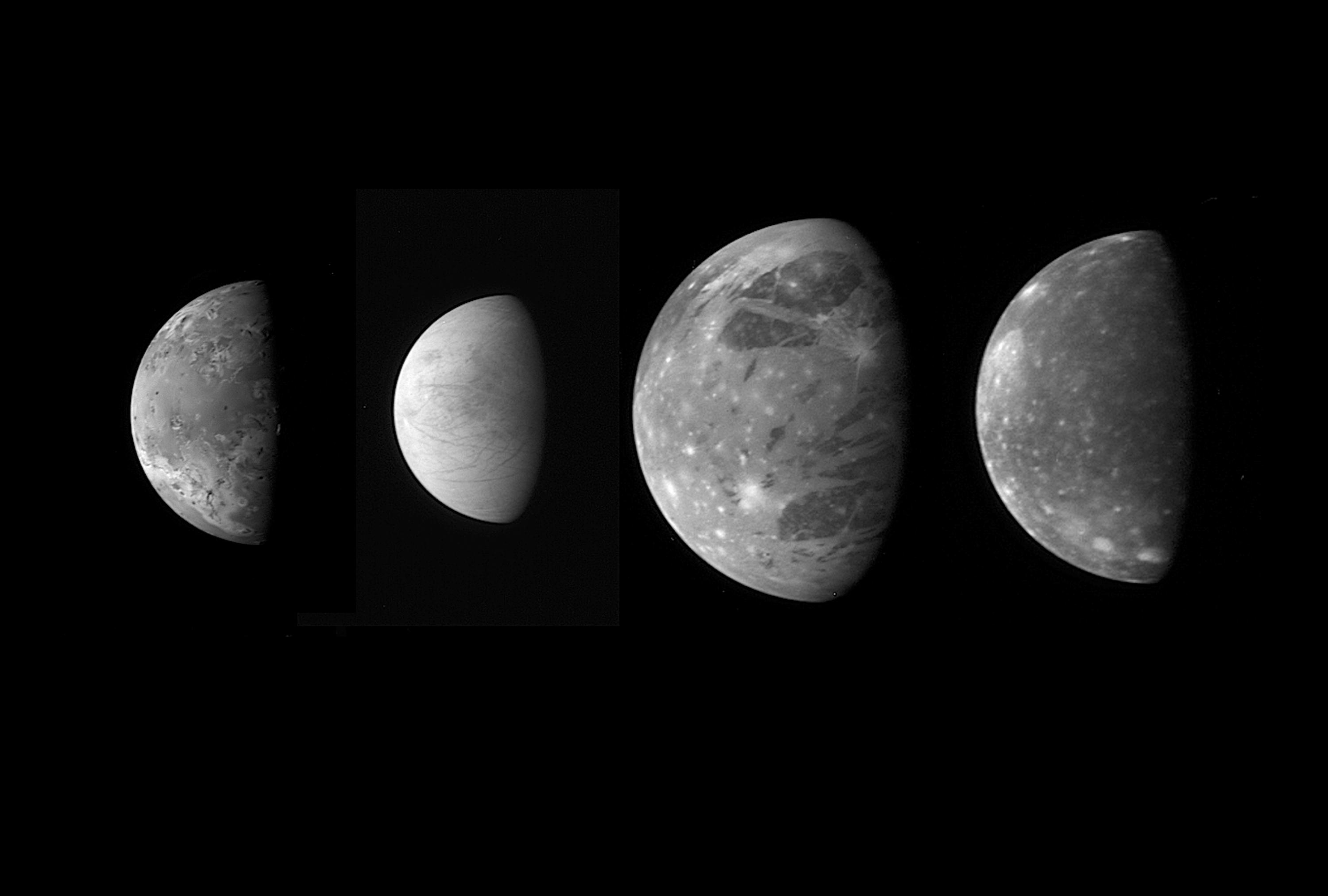Well, okay, it's a month and a day. But today is Independence Day here in the U.S., and while contemplating achievements that are so far uniquely American, landing on Mars and successfully doing science there stands out in my mind.
 |
| Viking 2 image from the surface of Mars. http://nssdc.gsfc.nasa.gov/imgcat/html/object_page/vl2_21c056.html |
The first successful landings were by Vikings 1 and 2 in 1976,
our bicentennial year. In fact, Viking 1
was originally scheduled to land on the 4th of July, until late June
of that year when its orbiting mother ship snapped the first detailed photo of
its intended landing site and found it was way too rough to ensure a safe
landing. A safer site was found in time
to land 16 days later on an equally historic date, July 20th ("One
small step..."). Over two decades later, Mars Pathfinder touched down safely on the 4th of July, 1997.
The Challenges of
Getting to Mars: Curiosity's Seven Minutes of Terror. Credit: NASA/JPL-Caltech
Late at night on August 5th (technically 1:30 AM EDT on August 6th), the Mars Science Laboratory mission will attempt to land the massive and highly capable Curiosity rover. Because of Curiosity's unprecedented mass, a new landing system must be used for the first time. The above video describes the awesome complexity of this system, which includes the planned detonation of 76 pyrotechnic charges ("fireworks"). For the rover, it will be quite a ride. If you're here in Atlanta, you can watch the action live in the Centergy Building in Tech Square: come join our Mars Landing Party!
 |
| Gale crater, with Curiosity's landing ellipse in black and superposed approximate landing ellipse previously considered for Spirit (blue). http://photojournal.jpl.nasa.gov/catalog/PIA15687 |
Where will Curiosity land?
In Gale crater, a massive impact scar 150 kilometers (95 miles) across
that holds a mountain of sedimentary rocks—Mount Sharp—over 5 km (3 miles)
high. The plan is to land on the flat
northern crater floor and then to climb Mt. Sharp, examining each sedimentary
layer as we cross it – analogous to reading a Martian history book, one page at
a time. Gale's sedimentary record is
thicker than that exposed in western America's Grand Canyon, and it has been a
high-priority Martian landing site for years now. It was briefly considered as a destination
for the Mars Exploration Rover Spirit, but Spirit's landing system was much less
precise, and would have risked landing on the rugged crater walls or the steep
slopes of Mt. Sharp. Curiosity can
instead target a small area known to be relatively safe from extensive orbital
imaging, this time acquired well in advance of the planned landing date.















